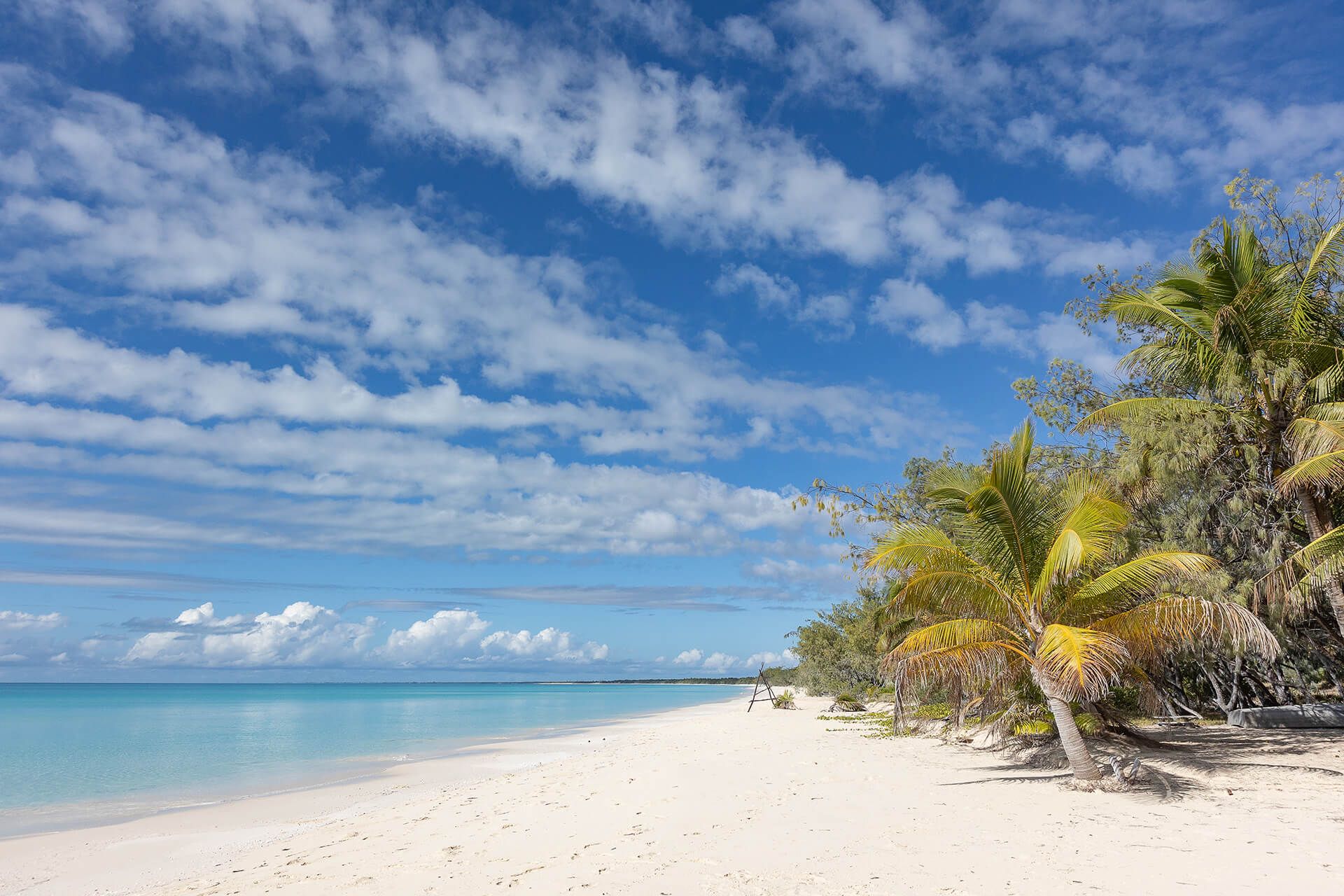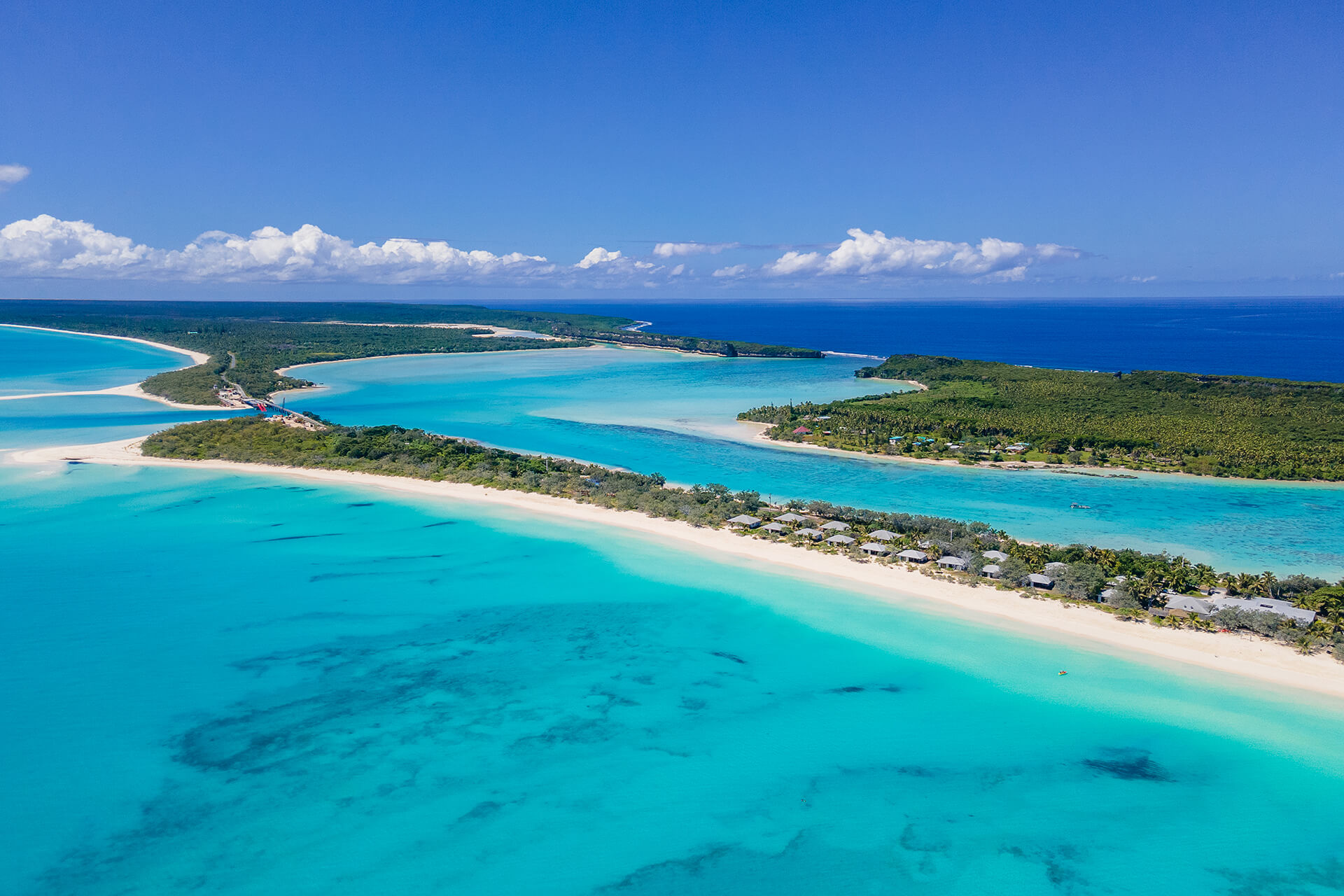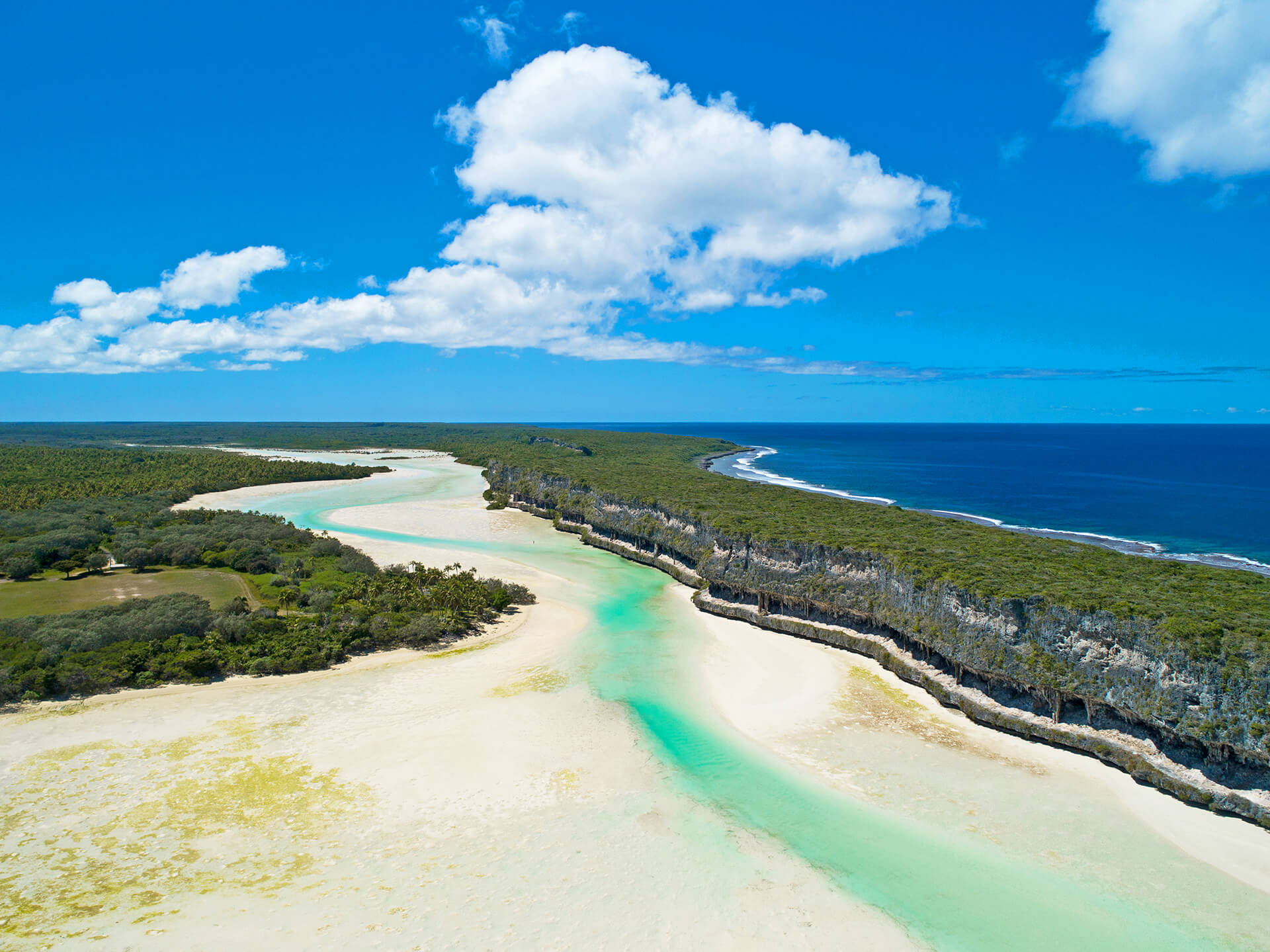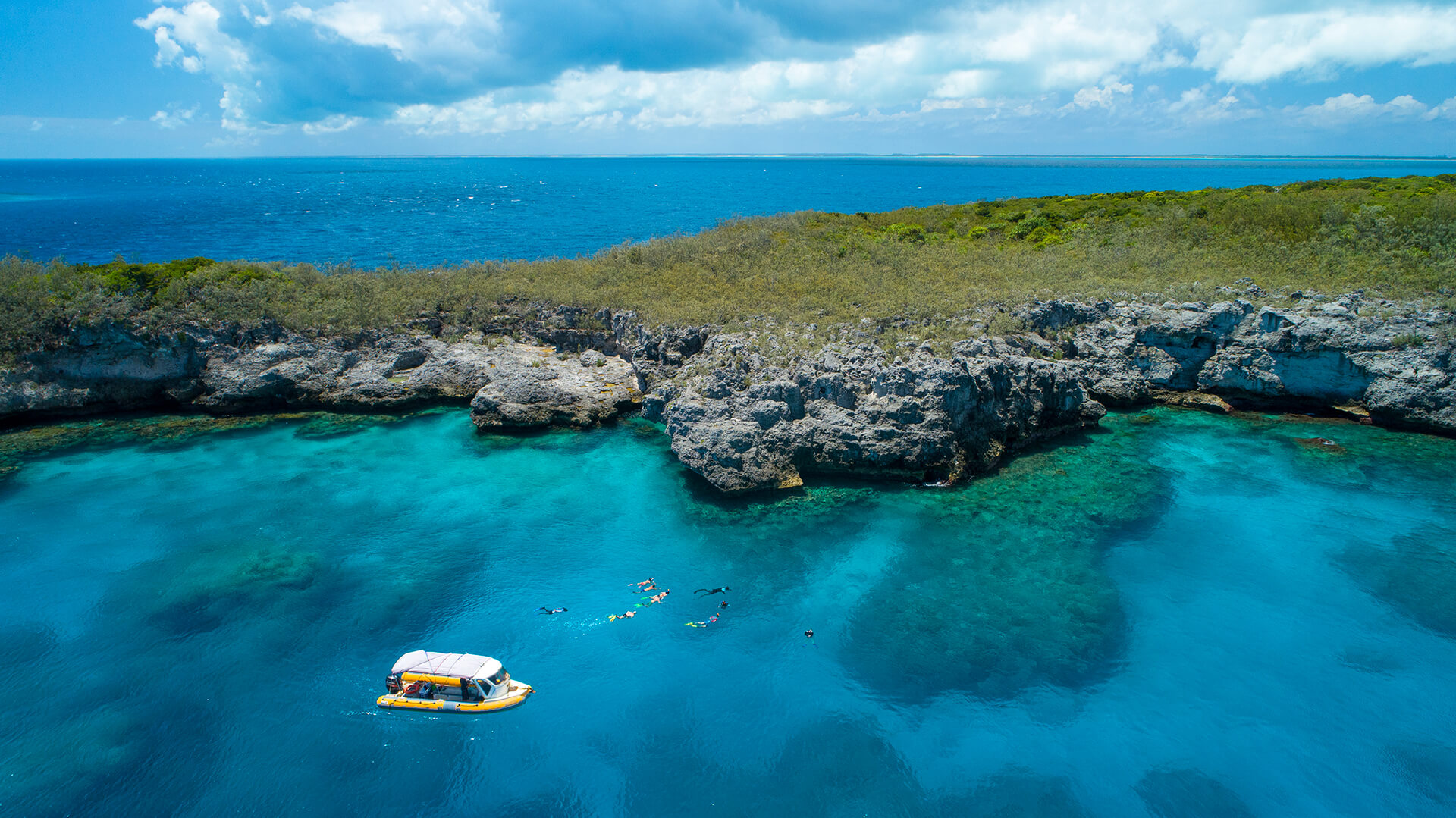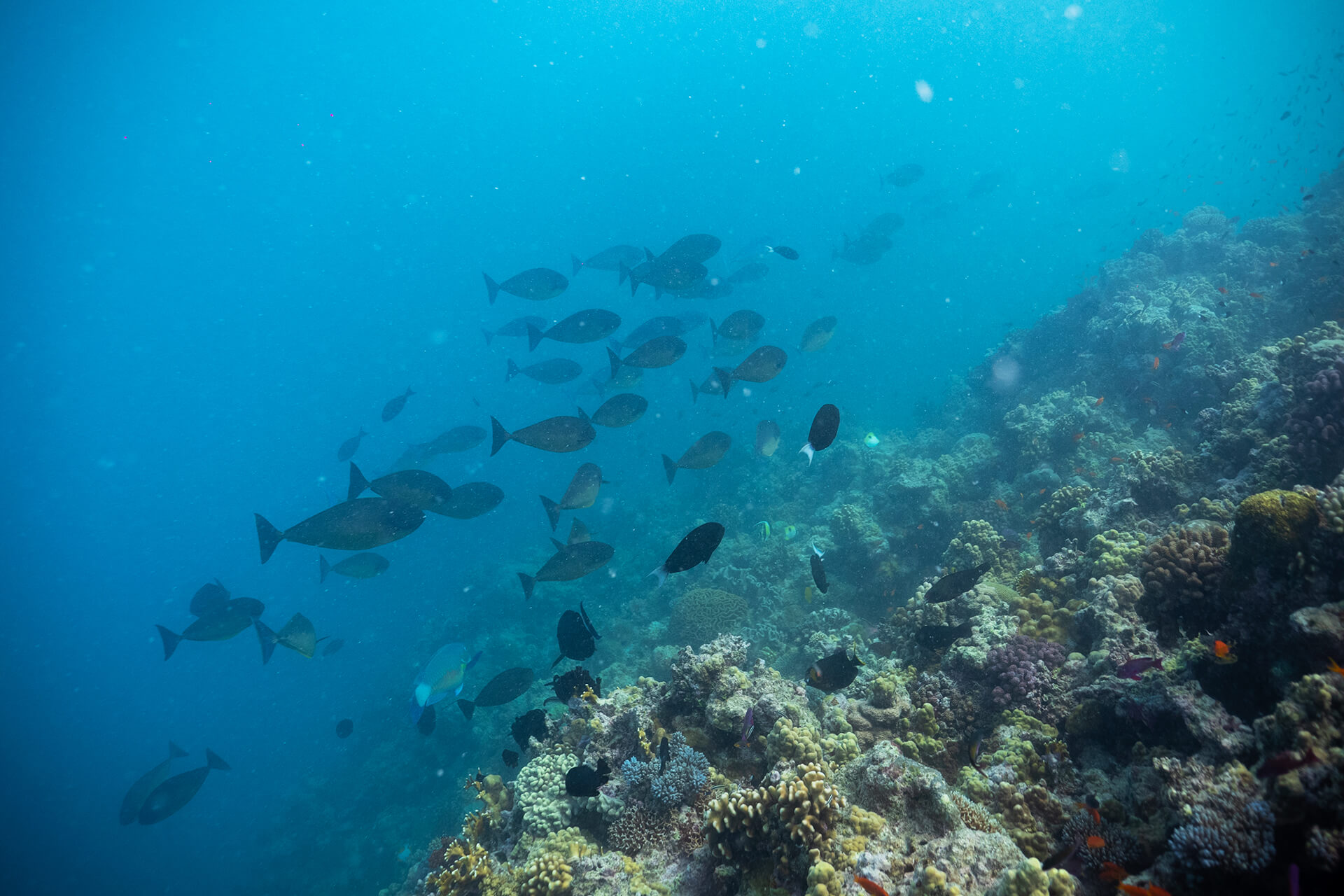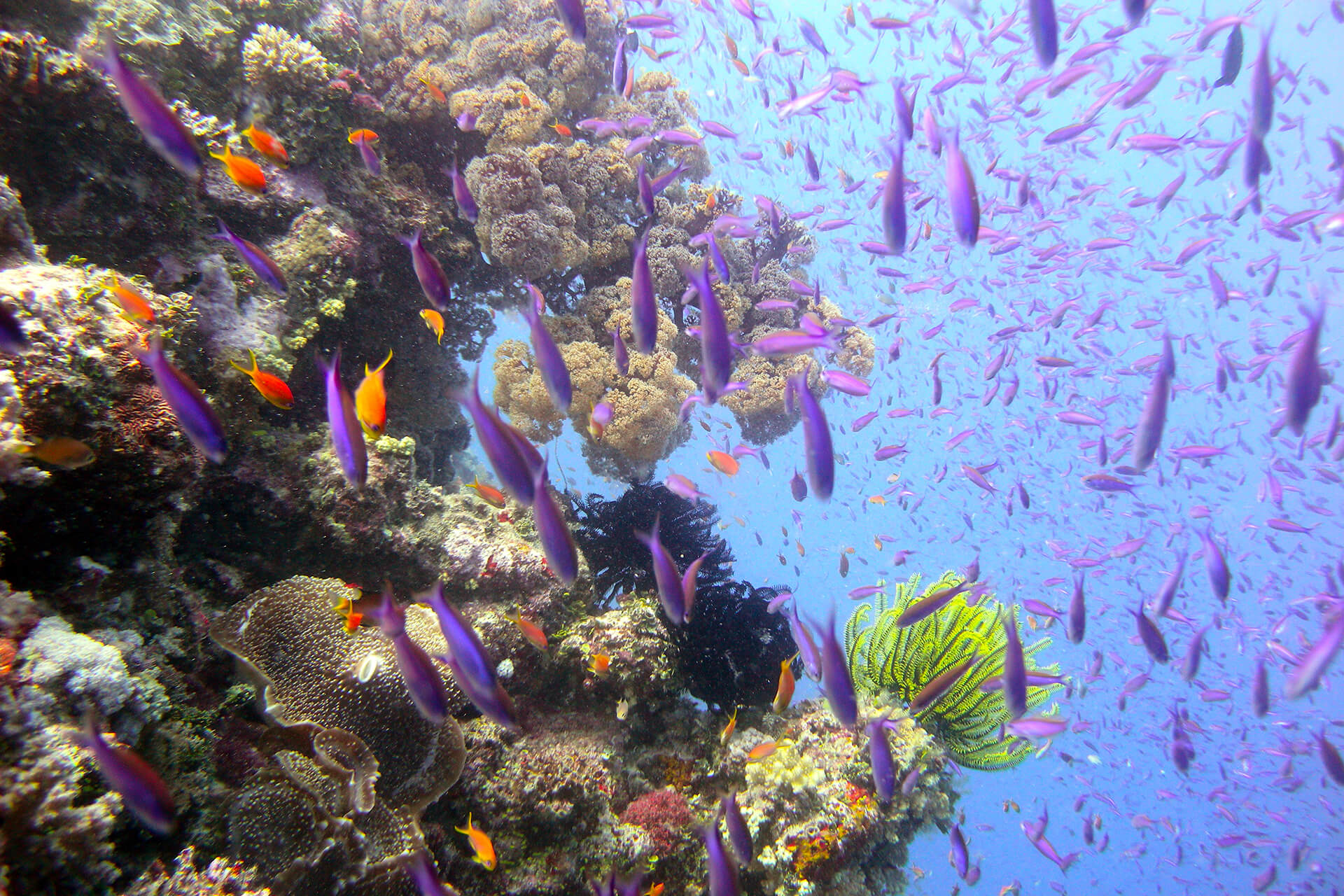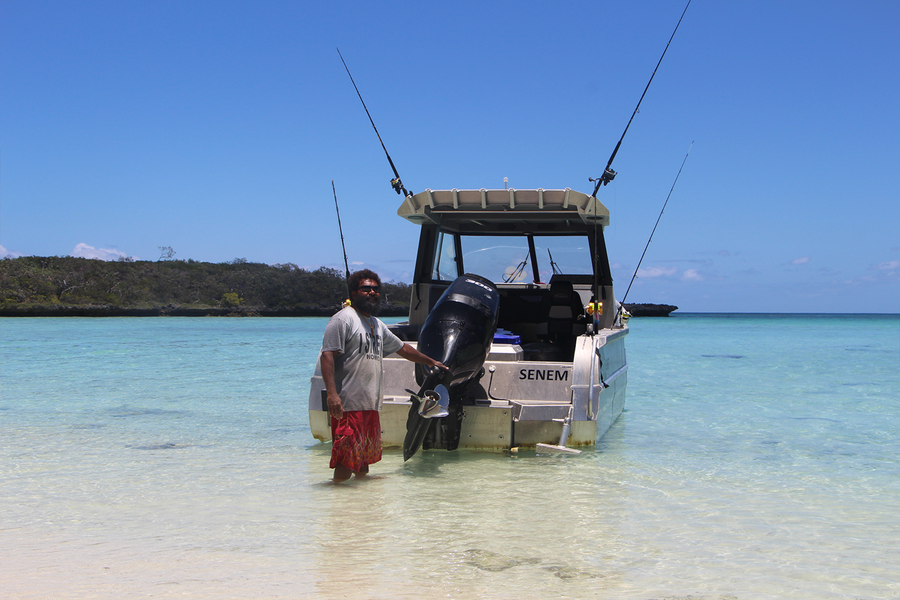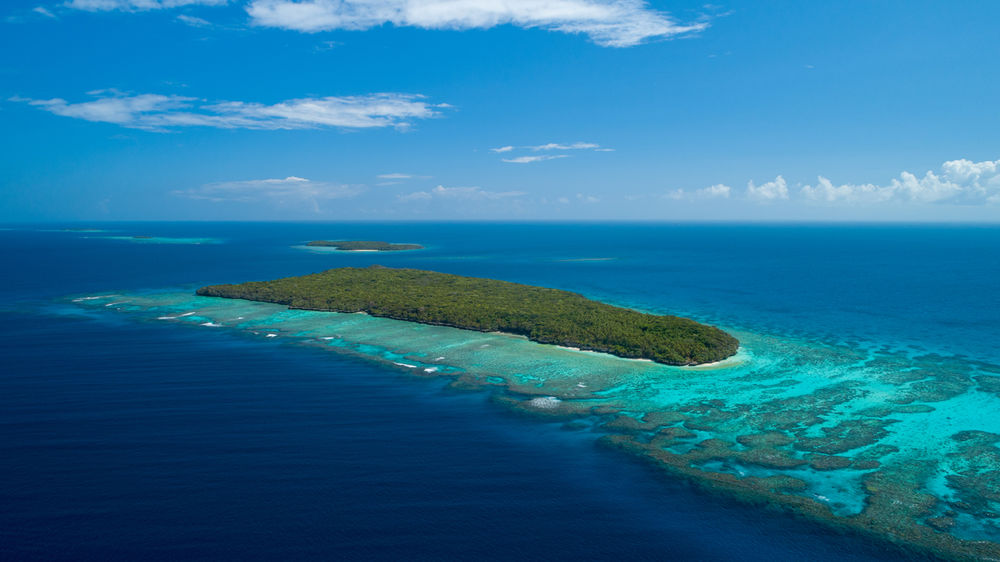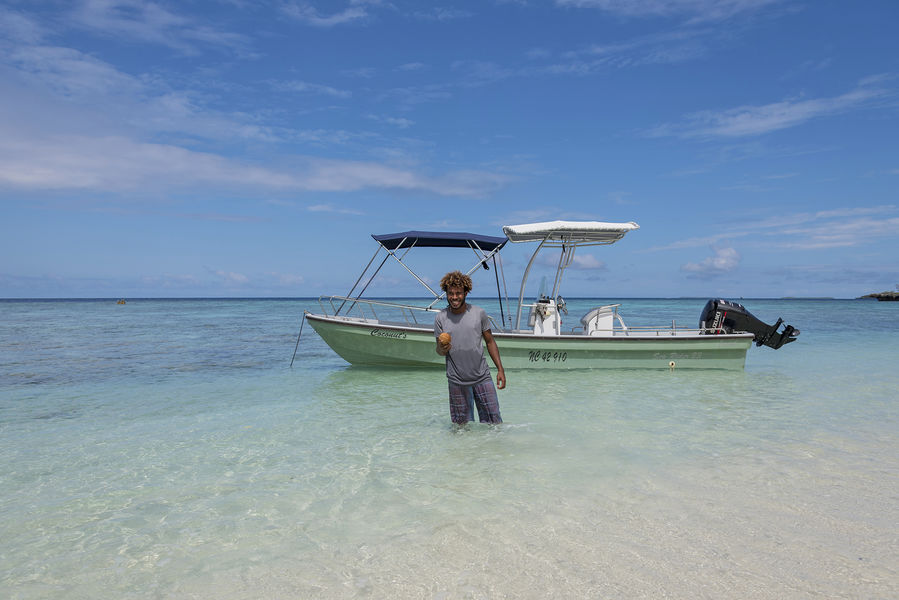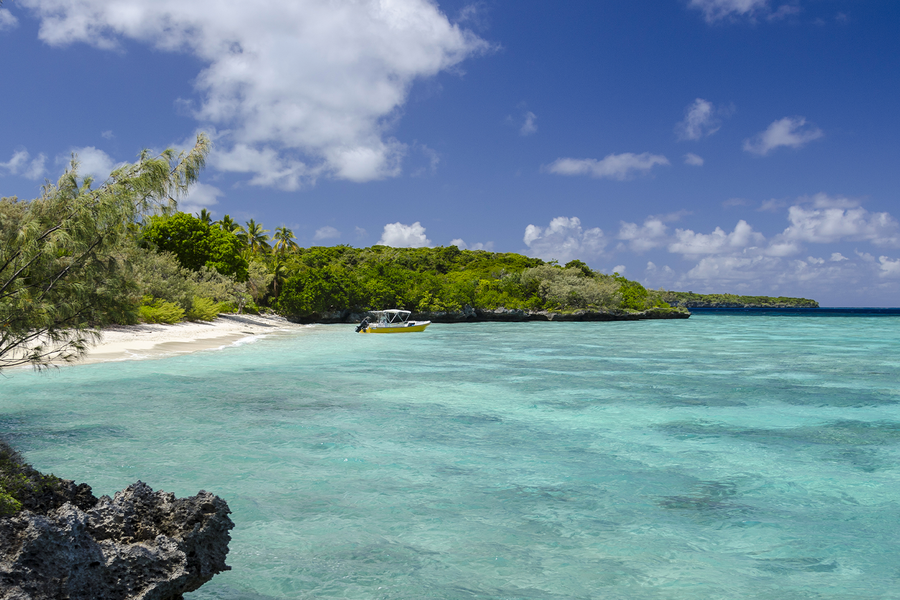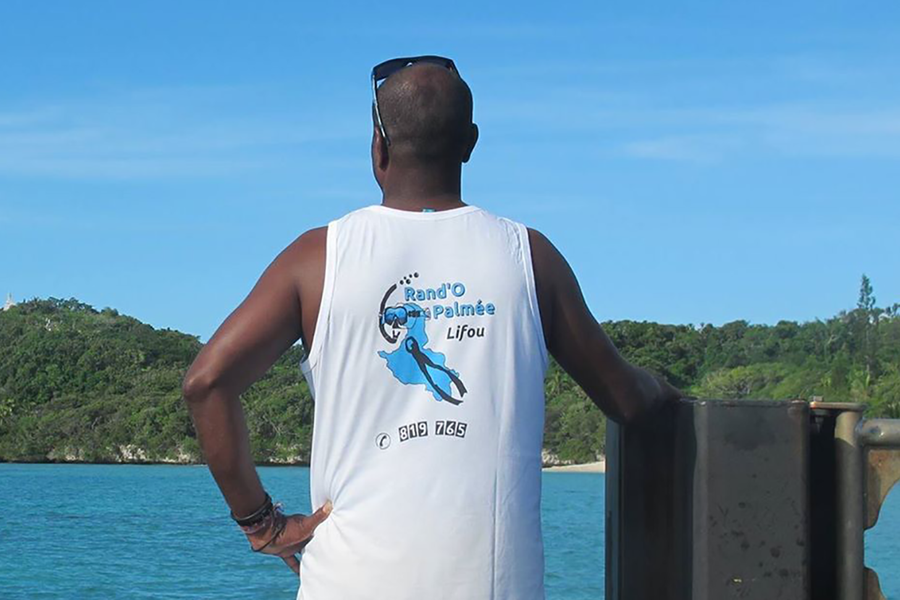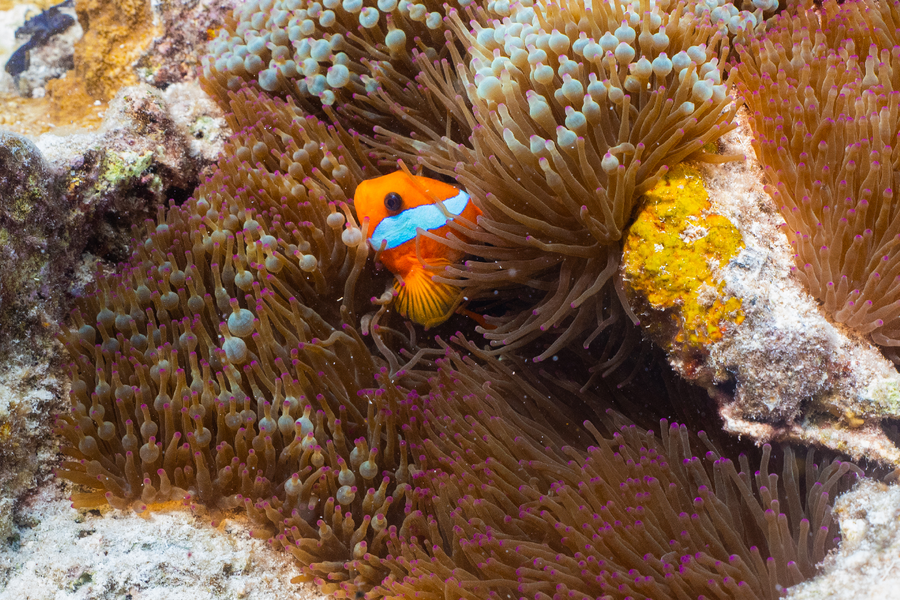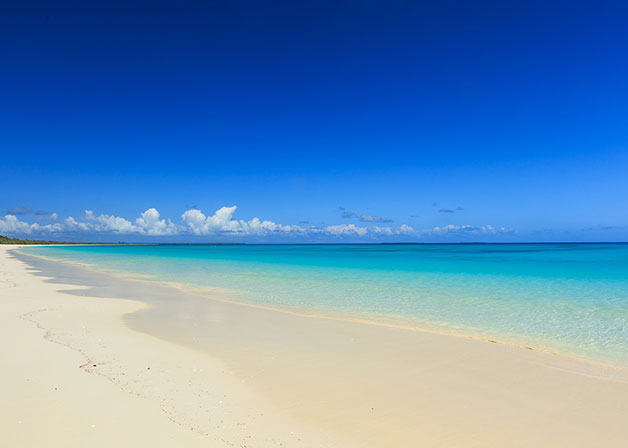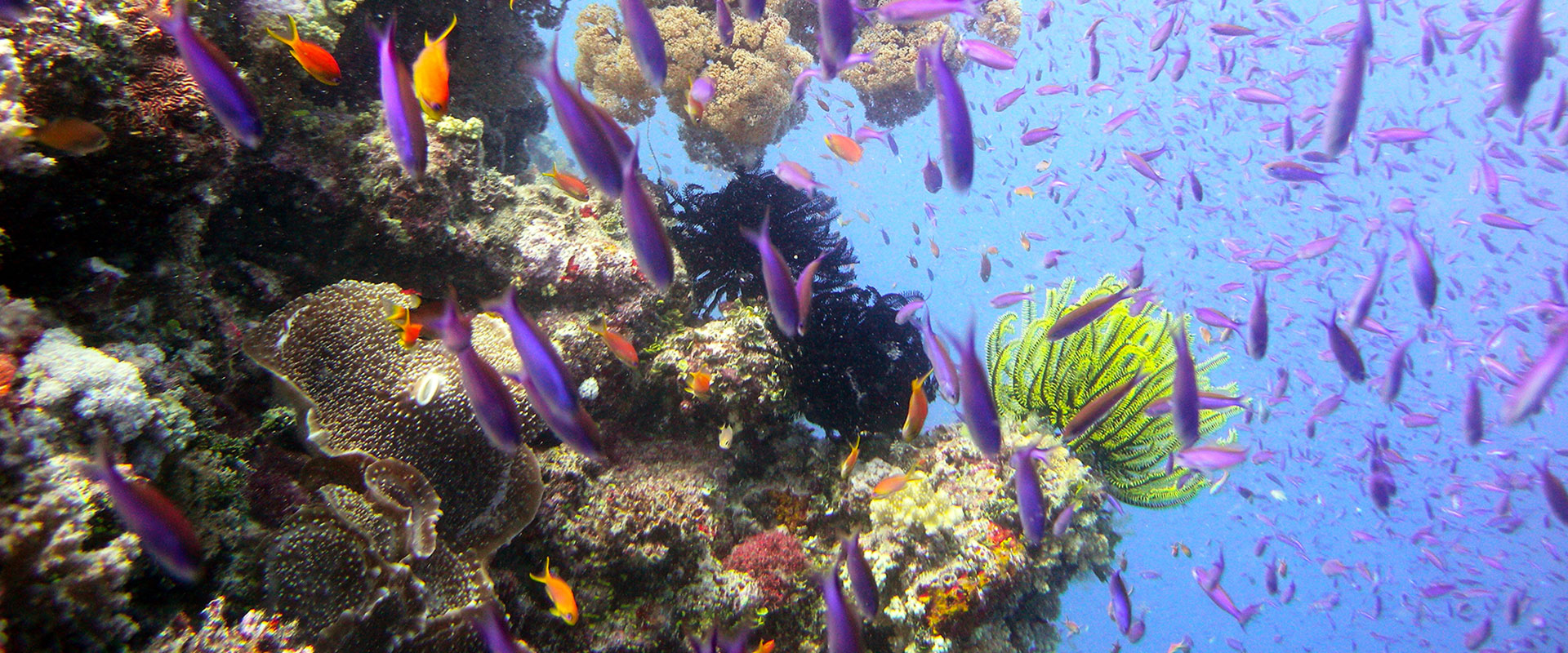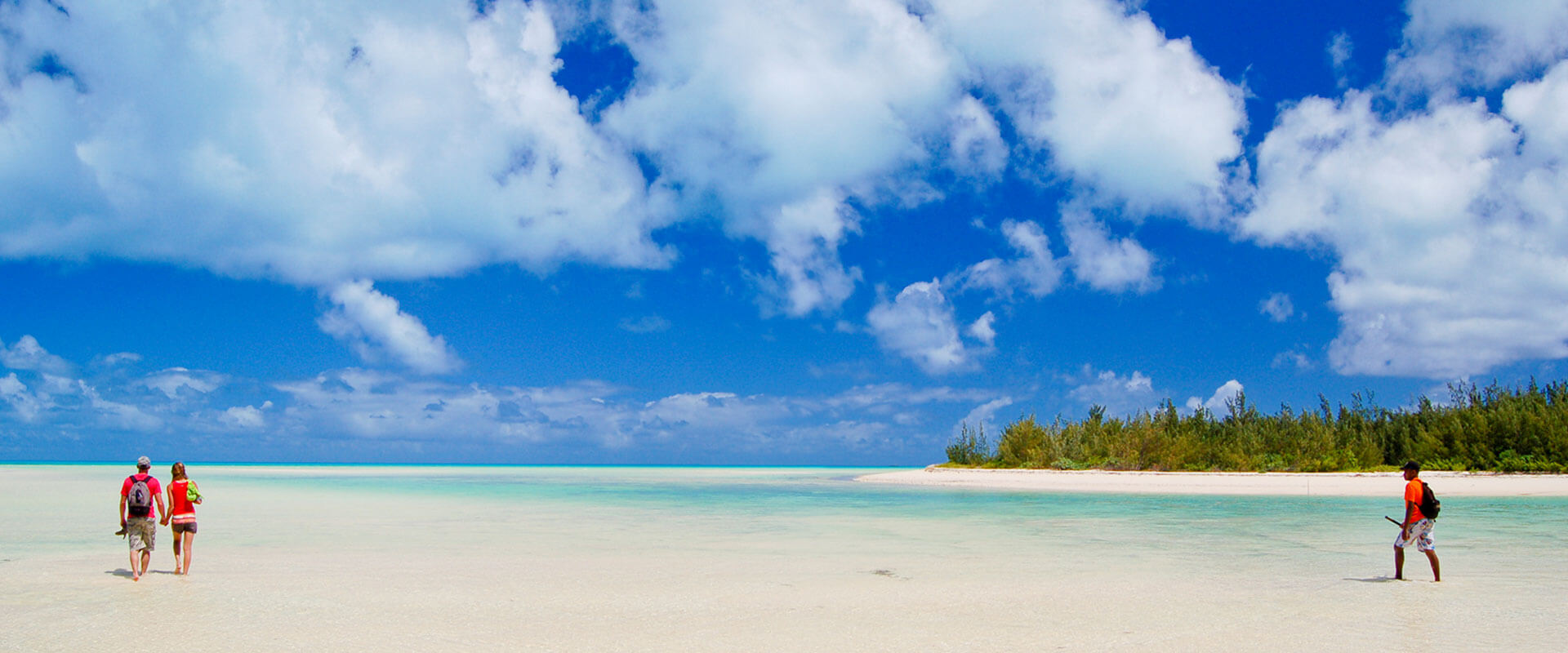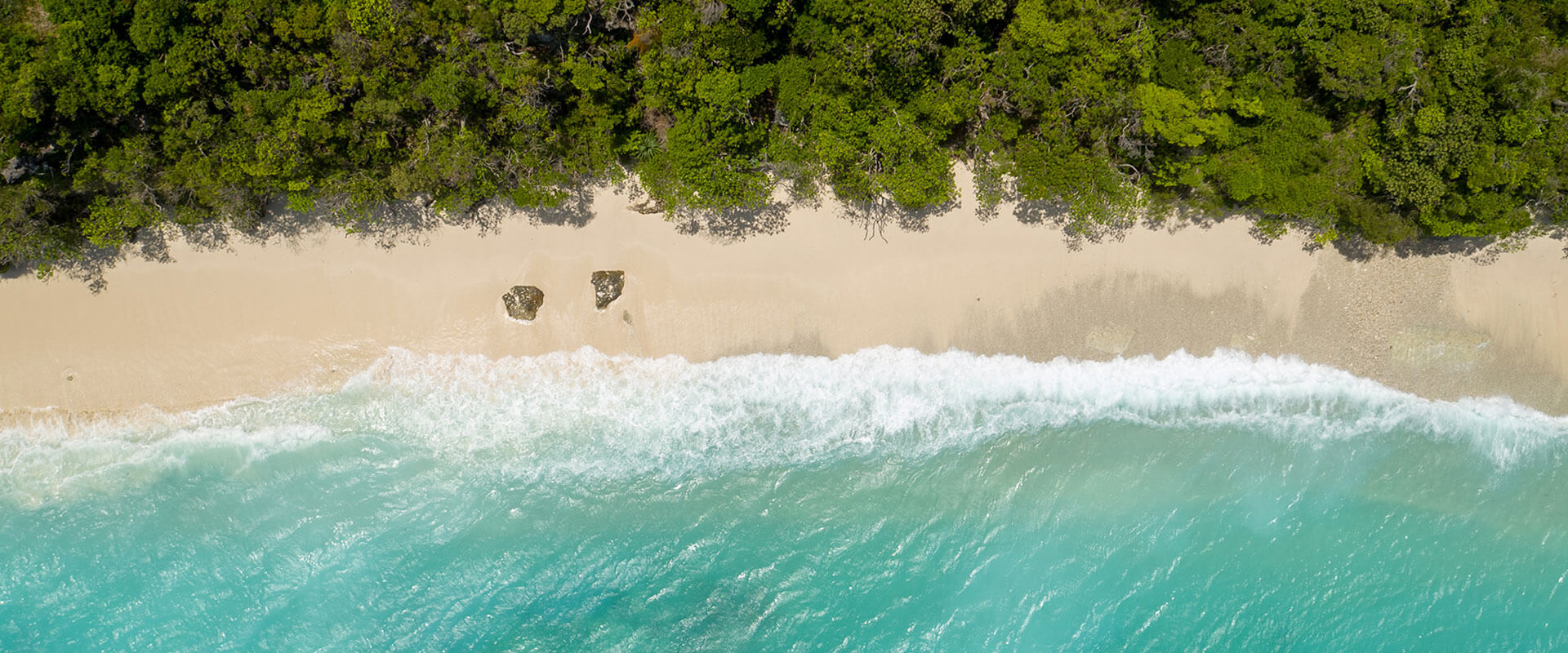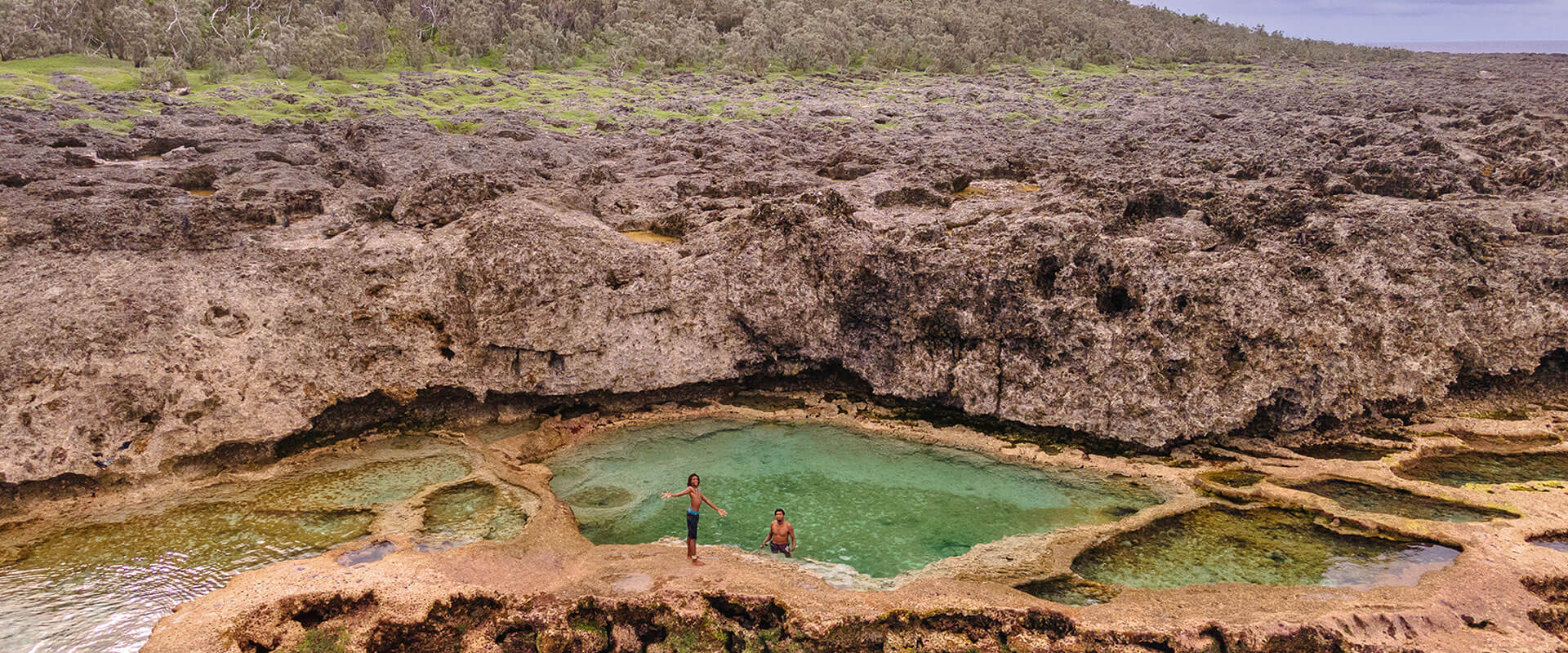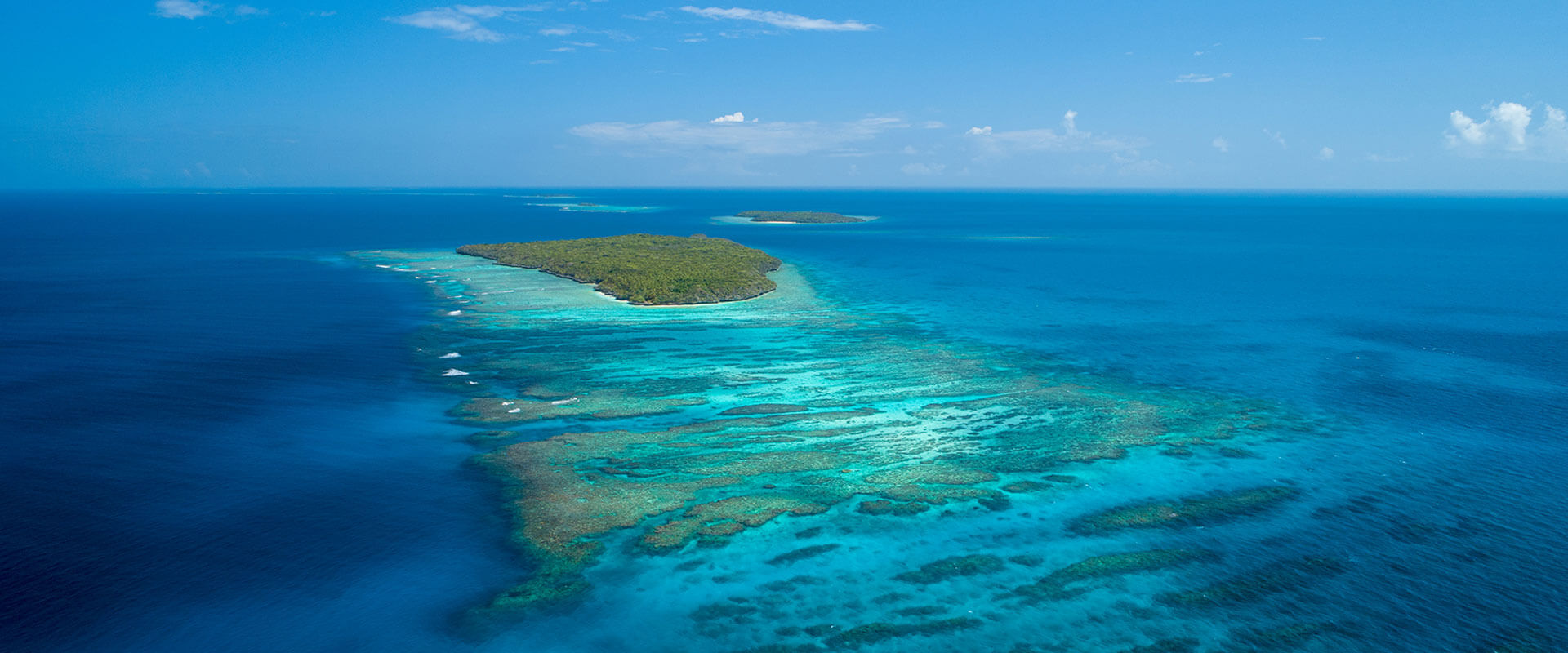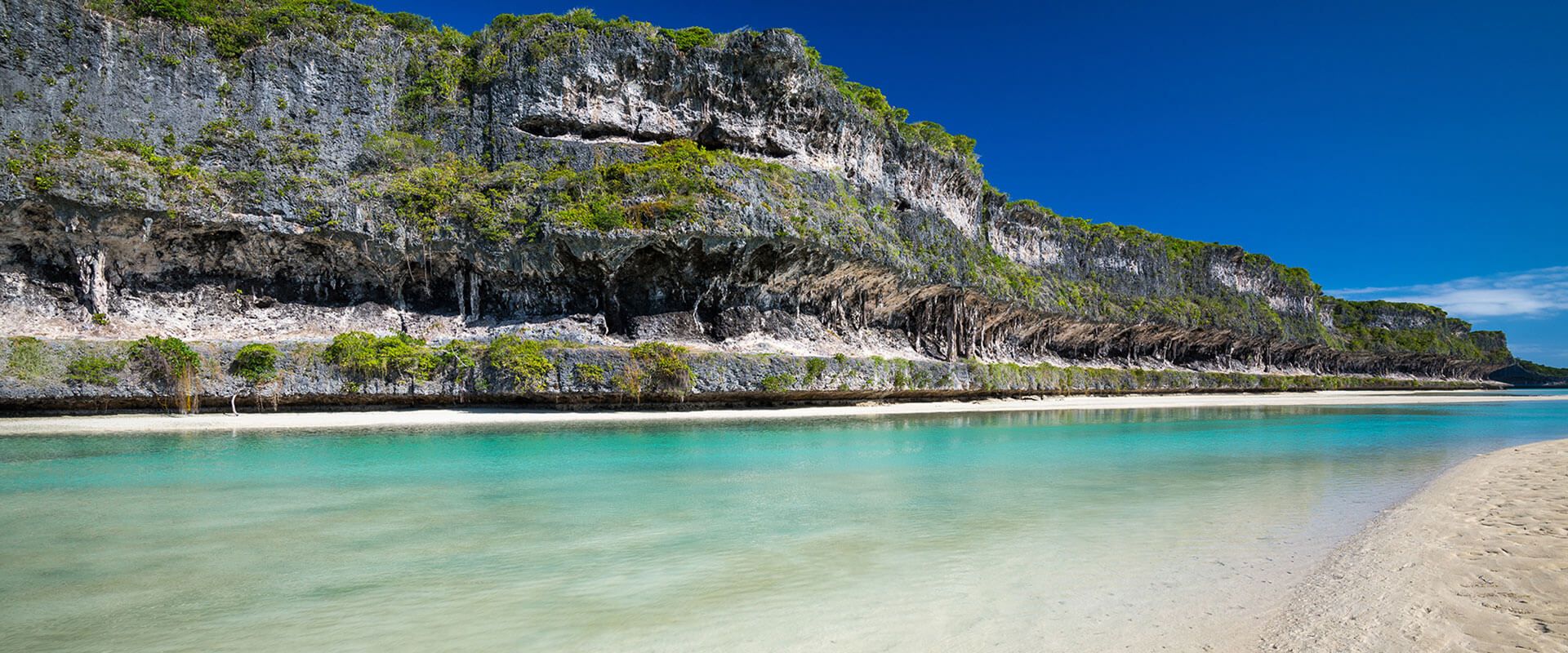 3412
3412 5 September 2022
5 September 2022 admin
admin
Ouvéa a UNESCO world heritage site
On 8 July 2008, the New Caledonian Lagoon took centre stage when UNESCO decided to register part of its coral reef on the World Heritage List. With a substantial focus on the Loyalty Islands: Ouvéa and the Beautemps-Beaupré atolls were placed under protection.
This registration does not mean that nature is placed in a glass case, but that the beautiful story involving the island, its lagoon and its inhabitants continues. The latter are now part of an approach aimed at protecting and enhancing the “Serial property” which includes, all in all, six marine areas throughout the New Caledonian archipelago.
How the registration came into being
The New Caledonian lagoon extends over 23,400 km2 and contains 8,000 km2 of reef constructions. If this marine ecosystem is remarkable, it is because it represents one of the most varied and vast reef systems on the planet. To add to its renown, the length of the continuous barrier reef is approximately 1,600 kilometres.
An exceptional length and is mainly comparable to the extent of the reefs in the Australian Great Barrier Reef.
Today, the New Caledonian reef is one of the most important biodiversity “hot spots” on the planet. A place where biodiversity is not only in an excellent state of preservation but also intensely diversified. Life abounds, with, for example, more than 350 species of coral and some 1,600 species of fish.
In 2001, the first steps were taken with UNESCO by the local environmental conservation associations. Three years later, a draft registration for a “Serial property” finally received the support of the New Caledonian government, the provinces and the customary senate. With the support of experts, a new file was presented in 2005 entitled “Lagoons of New Caledonia: Reef Diversity and Associated Ecosystems”. The project then encompassed more than 15,000 km2 of lagoons and reefs, i.e. 60% of the lagoons of the Grande Terre, New Caledonia’s main island, and the Loyalty Islands. This project was selected by UNESCO on 8 July 2008. A first for an overseas French site. Today this registration enables increased international recognition of the outstanding value of the New Caledonian lagoons and reefs. It also emphasises the necessity of working to conserve and protect them, an operation conducted on the spot using management plans for each site in the Serial Property.
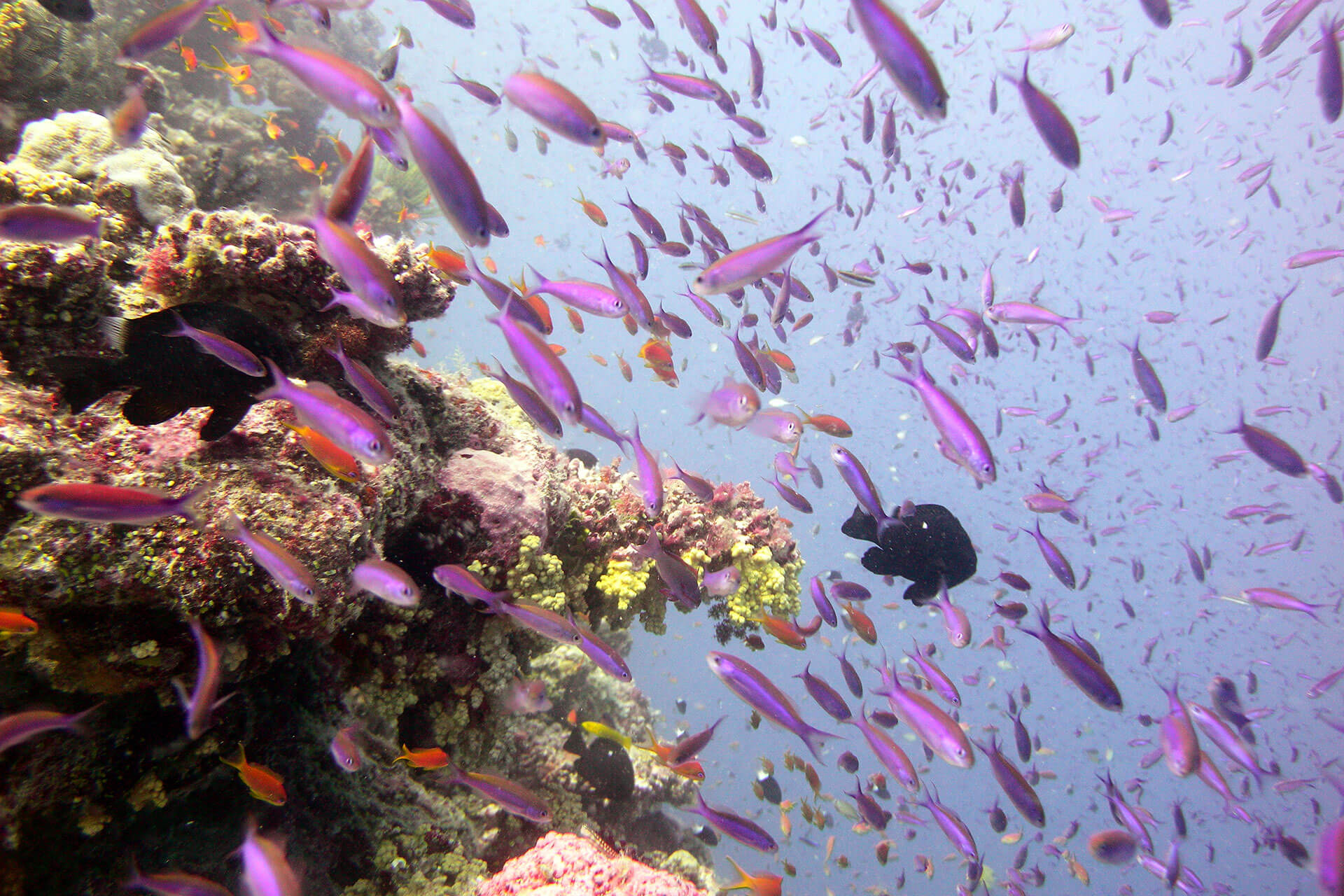
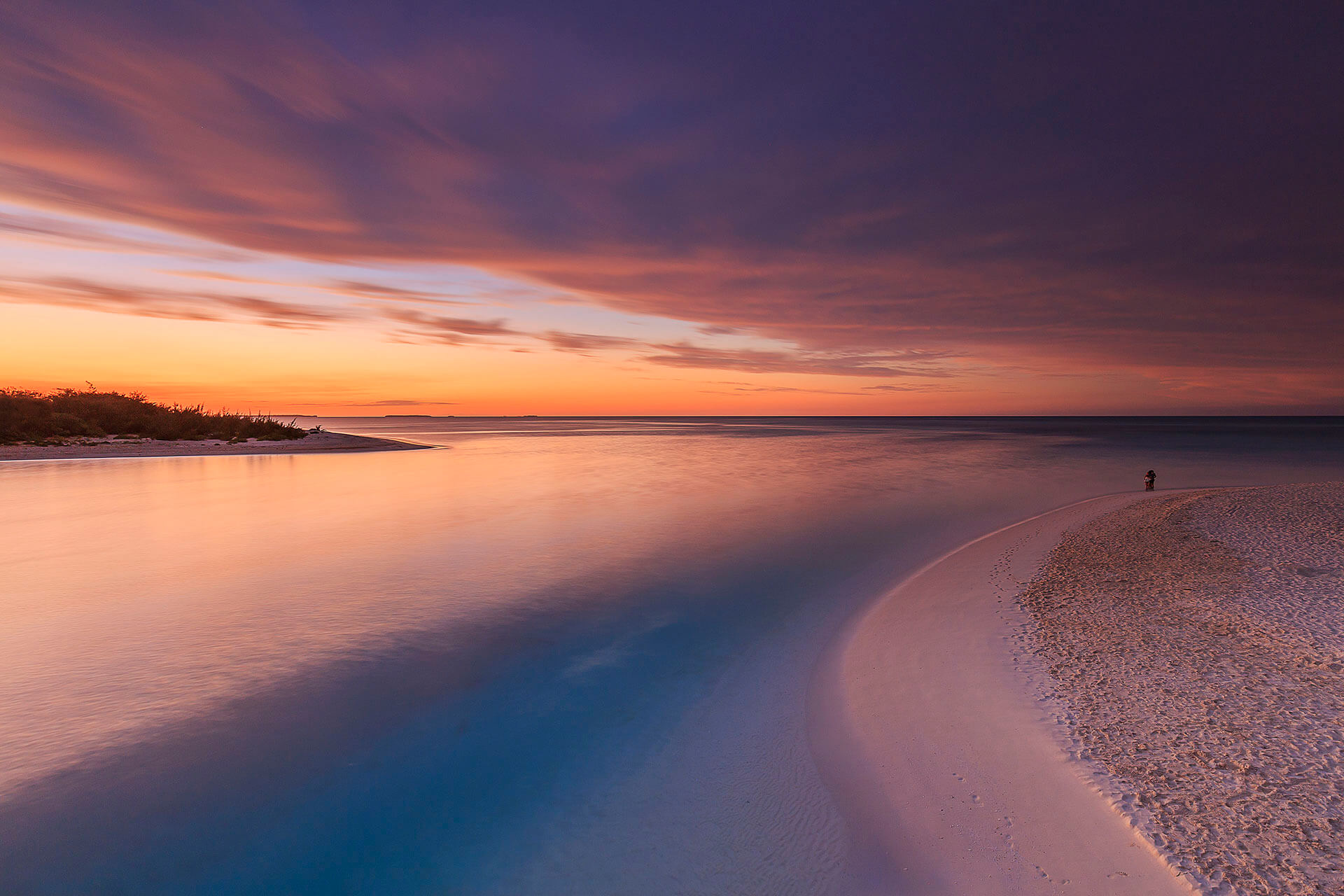
The serial property
The various sites were thus identified based on the results of the Ecoregional Analysis established by WWF-France as part of the “Coral Reef Initiative for the South Pacific”, the CRISP programme. The marine area recognised covers 15,743 km2 , excluding “buffer” zones. Six sites were finally registered on the World Heritage List :
• The Entrecasteaux Reefs area
• The Great North Lagoon area
• The north and east coastal area
• The Ouvéa and Beautemps-Beaupré area
• The west coastal area
• The Great South Lagoon area
It is estimated that these six maritime areas represent all the diversity of the reefs and ecosystems associated with New Caledonia. Extraordinarily beautiful, they contain an exceptional diversity of coral and fish species, as well as a continuum of habitats ranging from mangrove swamps to seagrass beds and characterised by a panoply of reef structures that are among the most diversified on the planet.
The total surface area of the Serial Property and the combined marine and terrestrial buffer zones amounts to 28,614 km2, i.e. nearly 60% of the total surface area of New Caledonia’s lagoon and coral space.
This Serial Property was not defined lightly but with a concern for realism and effectiveness in terms of preserving its integrity. Before their registration, New Caledonia’s coral reefs were recognised above all by the international scientific community as possessing marine, tropical, coastal and coral attributes of Outstanding Universal Value. This is not a trivial concept. It is even essential for registering a property on the World Heritage List. The IUCN, the International Union for the Conservation of Nature, considers that it aims to define the “geography of the superlative, the most outstanding natural and cultural places on Earth”.
Beyond the lagoon, if the New Caledonia Serial Property is exceptional, it is also for other criteria: the existence of major nesting sites for marine turtles, for the green turtle (Chelonia mydas) in particular; the existence of reproduction areas for iconic and/or threatened species (dugongs, humpback whales, seabirds); the presence of numerous endemic molluscs, with critical marine habitats (mangrove swamps, seagrass beds), as well as a great number of marine flora and fauna. (Chelonia mydas) in particular; the existence of reproduction areas for iconic and/or threatened species (dugongs, humpback whales, seabirds); the presence of numerous endemic molluscs, with critical marine habitats (mangrove swamps, seagrass beds), as well as a great number of marine flora and fauna.
“BUFFER” ZONES
UNESCO stands for the United Nations Educational Scientific and Cultural Organisation. It works to protect outstanding sites shown on the World Heritage List. The registration of a Property on this list always comes from a local initiative and must always involve a strong intention to share its Outstanding Universal Value worldwide, and thus to agree to open it to visitors while at the same time protecting it. To increase the protection of a Property, UNESCO has defined terrestrial and marine “buffer” zones. They help supply an additional degree of protection.
For Ouvéa, the entire island represents a terrestrial buffer zone for the Property. It is duplicated by a marine buffer zone bounded by the atoll rims. The mangrove swamps there represent “buffer” zones protecting the coasts from erosion or violent climatic events. It is also a veritable nursery for the lagoon, as numerous species come and reproduce and develop there. Furthermore, it is the only mangrove swamp in the Loyalty Islands.
Ouvéa and Beautemps-Beaupré
If Ouvéa is today among the six sites in the Property, it owes this in large part to the exemplary state of conservation of its lagoon, but also because Ouvéa perfectly meets UNESCO’s “criterion VII”: “superlative natural phenomena or exceptional natural beauty”. To the atoll’s credit: the fame of its immense white-sand beaches (Mouli), and magnificent sunsets creating a striking contrast between the reddening sky and the variegated blues of the lagoon, added to the “fine traits of a partly inundated atoll, accentuated by the myriad islets of the North and South Pleiades”, as emphasised in the presentation file from IFRECOR, an agency that has been working for ten years in French overseas communities for the protection and sustainable management of coral reefs and their associated ecosystems (mangrove swamps, seagrass beds).
The Loyalty Islands are old, tilted atolls. Ouvéa is characterised by a vast atoll lagoon of 850 km2. In the far north, Beautemps-Beaupré is an ocean bank in the form of a 120 km2 triangle. Still further north, the Pétri Reef represents the outer limit of the series for the Loyalty Islands. In the heart of the Pacific, Ouvéa and Beautemps-Beaupré receive no soil runoff and the waters there are more transparent than around New Caledonia’s main island. The Ouvéa lagoon is substantially open to the ocean, with an average depth of 20 metres and a gently sloping seabed, embellished with high cliffs right along the ocean side from the southeast to the north. In all, the surface area of the marine area of Ouvéa and Beautemps-Beaupré atoll is 977 km2 and the “buffer” zones cover 264 km 2 on sea and 144 km2 on land.
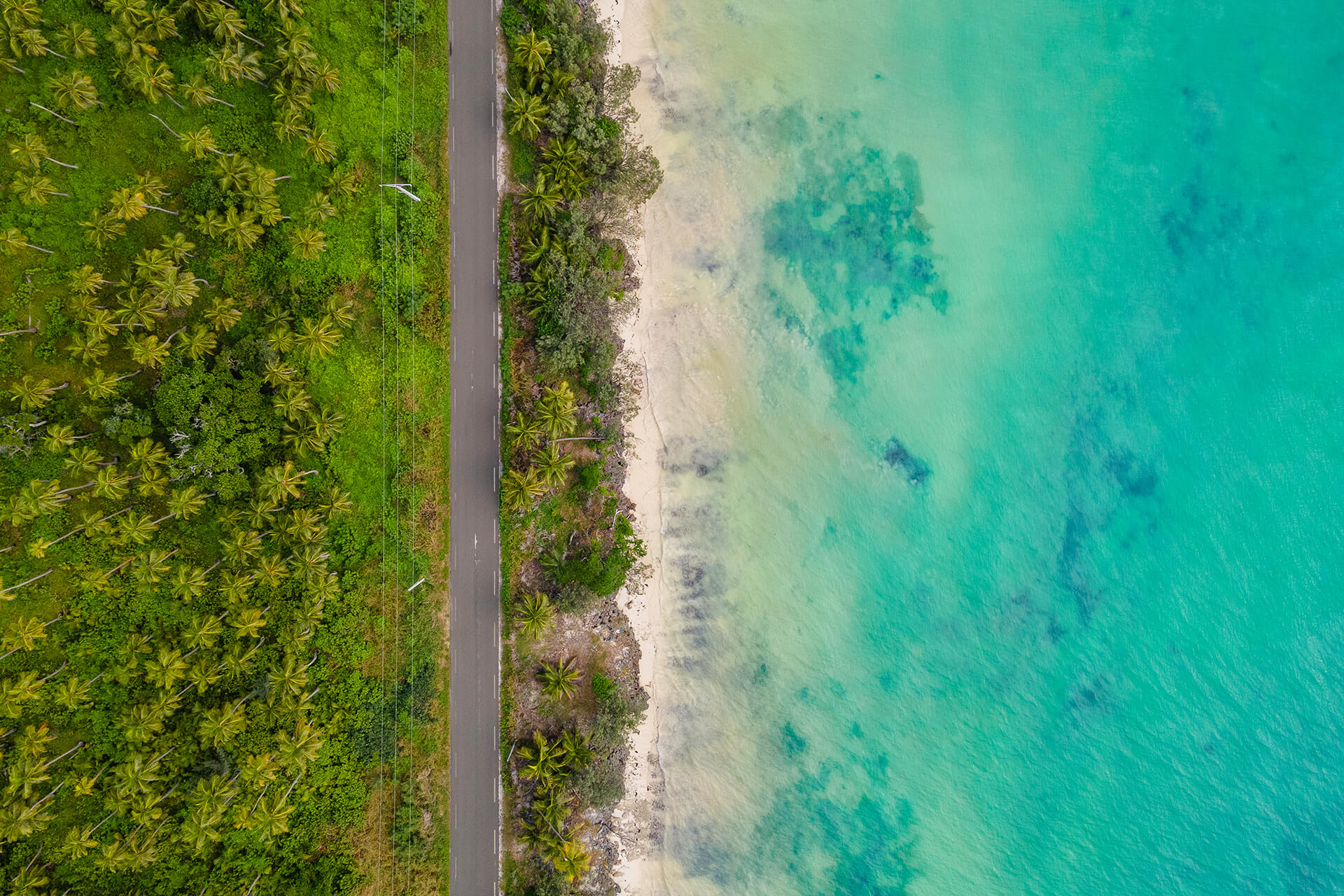
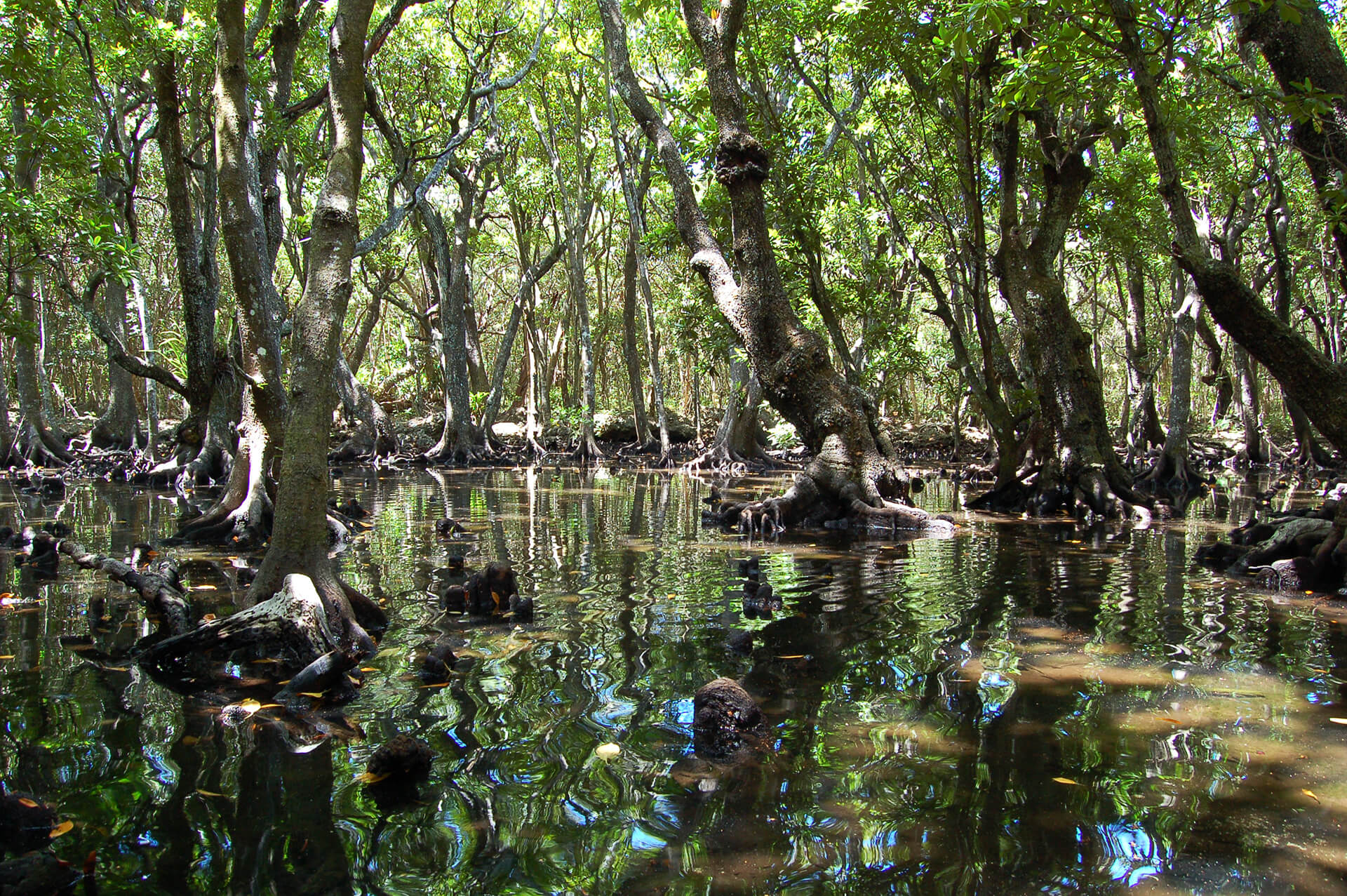
The fauna on the atoll present different characteristics from that on the Grande Terre, which persuaded the scientists to select the atoll for the Property. The lagoon is one of the richest in molluscs, crustaceans, and polychaete annelid worms. An extensive population of gorgonian coral (Astroboa nuda) has taken up residence in the southern Pleiades, which, like the northern Pleiades, are egg-laying sites for the green turtle. Seventy-two families and 675 species of inshore fish cohabit in the lagoon, and in September and October Ouvéa is the scene for a great gathering of manta rays (Manta birostris). Beautemps-Beaupré, for its part, is reportedly home to large populations of parrotfish and surgeonfish.
The Loyalty Islands management plan
As with the other Property sites, the registration of the Ouvéa lagoon on the World Heritage List now implies maintaining the label and developing participatory management plans involving the authorities and especially the communities. The local stakeholders (institutions, economic operators, key figures in community life, etc.) must therefore work together to conserve and manage the property sustainably.
The objective of the management plan is to improve knowledge for the protection, monitoring and assessment of the environmental heritage. This is also a way to develop and quantify the tools needed to promote and develop responsible behaviour.
The Sacred Island
For the Loyalty Islands, the first signing of the “Joint Declaration”, in 2007, placed on record the commitment of the traditional leaders to developing a joint management plan with the Islands Province. An initiative that was extended by the establishment in 2011 of an environmental GDPL [groupement de droit particulier local (group governed by local special status law)]: Bomene Tapu (the sacred island).
This joint discussion process (traditional leaders, institutions, community associations, socio-professionals) enabled the establishment of a site management body made up of five technical groups which, under the aegis of the GDPL and the Islands Province, are implementing the management group and the two core ideas in the Joint Declaration:
• Joint recognition. The Islands Province recognises the legitimacy of the traditional leaders over spaces, in particular the maritime public domain. For their part, the traditional leaders also recognise the jurisdiction of the Province to act over these same spaces.
• The idea that on Ouvéa, the natural and cultural aspects are inseparable in environmental conservation. A concept that confirms the idea that nature is the living and physical support for Kanak culture.


